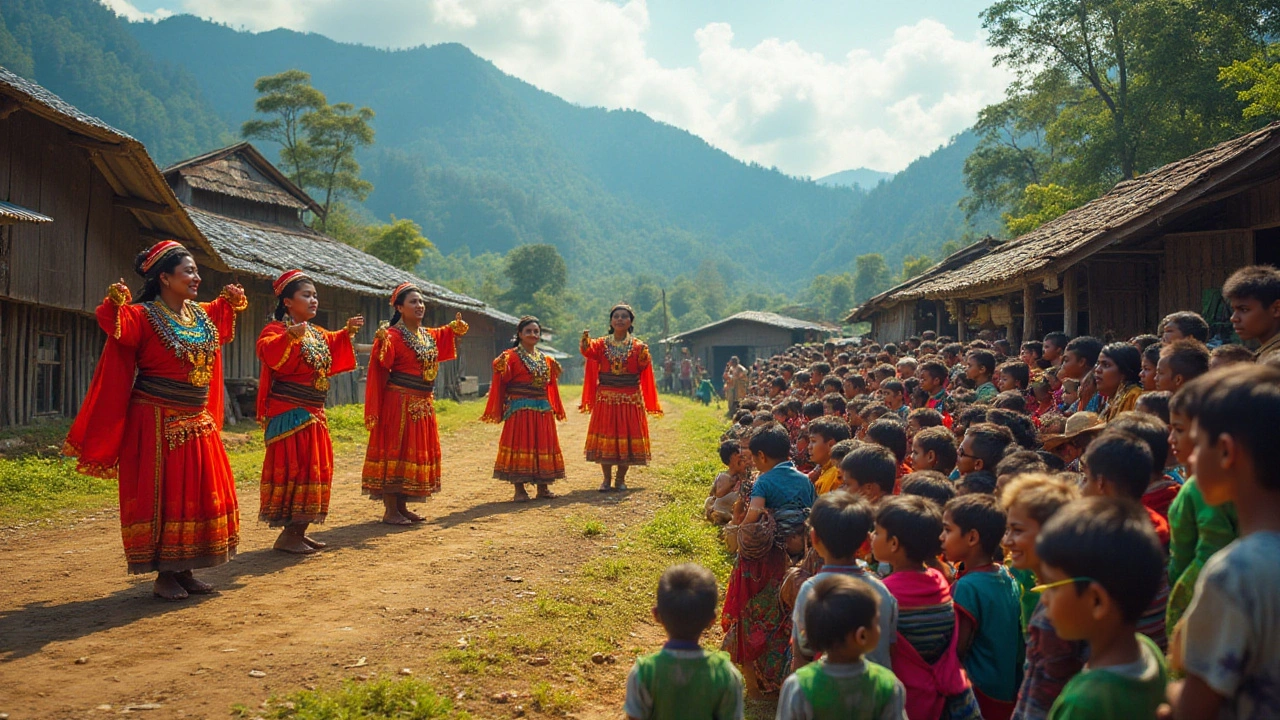SEARCH
Regional Tourism Issues in India: What You Need to Know
Traveling across India is an adventure, but each region has its own set of hurdles. From sky‑high airport fees to safety concerns in certain states, knowing the real issues helps you plan smarter, spend less, and stay safe.
Safety and Cleanliness: The First Things Travelers Check
When you land, the first impression often comes from the airport. In 2025, airports like Delhi and Mumbai score high on cleanliness, while a few smaller terminals still struggle with sanitation and security. If you’re flying into a regional hub, check recent reviews for cleanliness scores and security measures. The same goes for city safety – states such as Kerala and Karnataka consistently rank low in crime, making them safe bets for solo or family trips.
Cost Realities: From Budget Backpacks to Luxury Trains
Budget travelers love a good deal, but hidden fees can bite. A three‑day trip in 2025 averages around $150‑$200 for accommodation, transport, and meals, but add airport taxes, parking, and unexpected GST charges and you’re looking at a 10‑15% increase. Luxury experiences, like the Orient Express or Europe’s sleeper trains, have their own pricing puzzles – you pay for the extra comfort, crew, and gourmet meals, not just the seat.
South India offers a clear picture of costs. A 7‑day itinerary covering hotels, local buses, and food typically runs between $800‑$1,200, depending on the season. The cheapest month to visit India is usually September, when flights drop and festivals boost the vibe without inflating prices.
Island lovers compare Lakshadweep and the Maldives. Lakshadweep stays cheaper because of lower resort taxes and fewer international flights, but the Maldives still leads in luxury. If you want a “mini Maldives” vibe without the price tag, look at the Andaman or Goa islands – they deliver turquoise water and coral reefs at a fraction of the cost.
Food safety is another concern that pops up often. The safest foods are cooked hot, served fresh, and come from reputable stalls. When in doubt, stick to popular dishes like dosa in Tamil Nadu or fish curry in Kerala; these have a high turnover, meaning they’re less likely to spoil.
Hiking enthusiasts should note the 3‑layer rule: base, mid, and shell. It works in the Himalayas and the Western Ghats alike. Choose breathable fabrics for the base layer, an insulating mid layer, and a wind‑proof shell for the top. This simple system keeps you comfortable without overpacking.
For romance seekers, India isn’t just about the Taj Mahal. Cities like Udaipur, Jaipur, and even Kochi offer secluded spots and boutique stays that feel more intimate than the typical crowd‑pullers. Couples should book during the off‑season to enjoy privacy and lower rates.
Lastly, remember that regional tourism issues are often linked. Poor infrastructure can raise travel costs, and safety concerns can deter visitors, which in turn slows local investment. By choosing destinations that are improving in these areas, you help push positive change while enjoying a smoother trip.
Keep these pointers in mind, and you’ll turn potential roadblocks into a smoother, richer travel experience across India’s diverse regions.

Challenges Facing Tourism in Northeast India
While Northeast India presents captivating landscapes and diverse cultures, tourism in this region faces several challenges. From infrastructure deficiencies and connectivity issues to environmental impacts and cultural sensitivity, these hurdles require attention to promote sustainable tourism. This article explores the underlying problems and suggests practical tips for travelers to navigate them while appreciating the region's rich heritage.
Continue reading